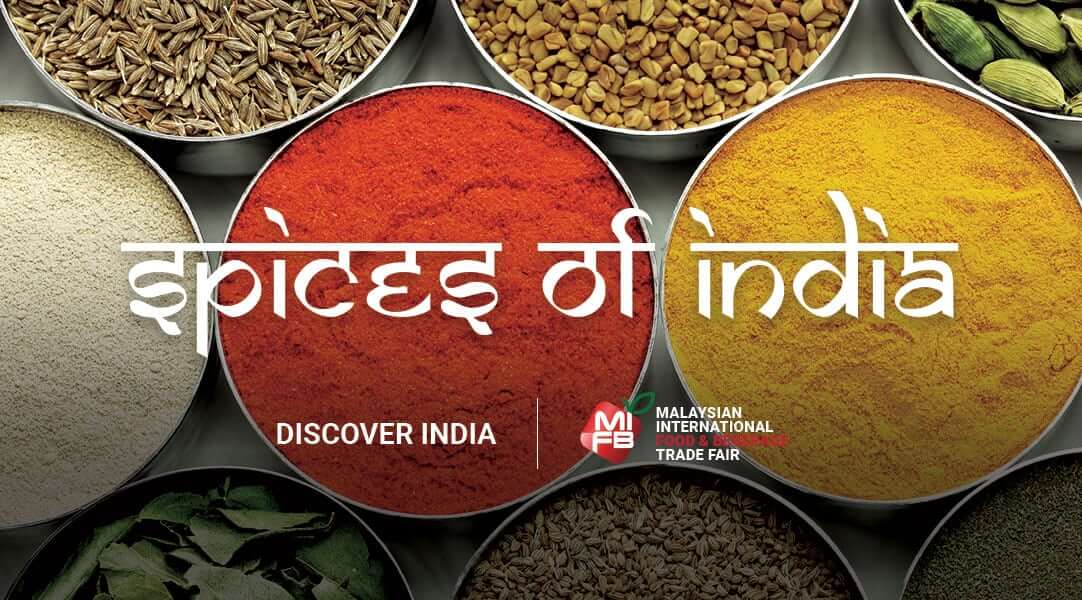The food cuisine in India is as vast and wide-ranging as its multi-ethnic culture. The delicious and exotic dishes of India are marked by the subtle uses of spices and herbs. Indian cuisines vary widely from region to region. Different regions adopt different cuisines. India is proud to serve the most diverse cuisine in the whole world.
Every region has its own specialties and different way of cooking. The style of cooking, flavor and their specialties change with the landscapes. Most of the Indian cuisines are vegetarian but the Indians also love non-vegetarian delicacies cooked out of fish, lamb, goat, chicken, and other meats. Food has always been important to the culture of India.
East Indian Cuisine
The eastern region of India consists of states like Bihar, West Bengal, and Orissa. Rice is the staple food in the eastern region of India. Due to the favorable climate, eastern India grows a lot of rice. Quite contrary to north India where wheat is dominant, rice serves as an integral part of any meal in eastern India. Along with that, fishes are also available in abundance in the rivers and ponds in this region. Fish is also a favorite item of the people of eastern India.
West Indian Cuisine
Geographical heterogeneity has given rise to a variety of dishes in the western part of India. Varying landscape from the arid deserts to wet coastal is has contributed to the versatility of cuisine here. At the same time, western India is a melting pot of several races and traditions. So various influences are seen in its variety of dishes.
North Indian Cuisine
North Indian Cuisine is largely influenced by the Mughal style of cooking. In their nearly 500 years rule over India, they contributed a lot to India including cuisine. Since the Mughals were originally from central Asia, the cuisine bears many similarities to the central Asian style of cooking.
South Indian Cuisine
South Indian cuisine is equally popular in other parts of India. In other parts of this country, ask anyone for which another Indian cuisine they would prefer for a change. Most would reply ‘South Indian’.
Four different states, like Andhra, Tamil Nadu, Karnataka, and Kerala constitute the southern part of India. There are four different schools too in south Indian cuisine.
India produces a wide range of spices and holds a prominent position in world spice production. Because of the varying climates – from tropical to sub-tropical to temperate-almost all spices grow splendidly in India. In reality, almost all the states and union territories of India grow one or the other spices. Under the act of Parliament, a total of 52 spices are brought under the purview of the Spices Board. However, 109 spices are notified on the ISO list.
109 Spices ???? The list is easy to search now but lets us see more importance facts:
Medicinal properties of spices
It is well known that a good healthy diet can prevent certain types of illnesses. What is less well known is that specific foods and spices, as a result of the combined exceptional nutritional value with the bonus of special properties, can not only prevent specific medical conditions but in many cases can heal them or alleviate their symptoms.
We just Picked some few that common in the global market
Anise – Aniseed the seeds of the anise plant and star anise the fruit have the same properties. They both contain a potent essential oil that is strongly antispasmodic and acts as a stimulant to the heart, respiratory, and digestive systems. (distention and wind, dyspepsia, flatulence, nausea, and vomiting) Anise is slightly diuretic and helps promote bile flow and digestion. Other benefits include migraine pains.
Cardamom – seeds are strongly aromatic and are widely used in Indian cooking to flavor curries, sweets, and desserts. It is an essential ingredient in garam masala. Cardamom is the dried fruit of a plant native to India. It takes the form of a pod containing brown seeds, which can be ground to fine powder or used whole. You can also use cracked whole pods in cooking. There are several varieties, brown and pale green which have a much finer flavour. They stimulate the appetite and aid digestion and prevent heartburn and diarrhea. They contain an essential oil that is an effective breath freshener.
Cinnamon – the spice used in cooking is the dried inner bark of the cinnamon tree, an evergreen native to Sri Lanka. It is one of the most important and earliest known spices and is an essential ingredient in garam masala. It is used in its stick form as well as a ground spice and its warm, sweet aroma enhances rice dishes, as well as meat dishes and desserts. It is a bactericide that improves the function of the respiratory and cardiovascular systems. It is also antispasmodic and stimulates digestion. It is also used to promote vitality, warm the body, improve the immune system, and thus treat colds and influenza.
The list actually growing every year and beyond our expectations. So as we always suggested The Best advice to trade ask the key players of the industry and those on the ground.



